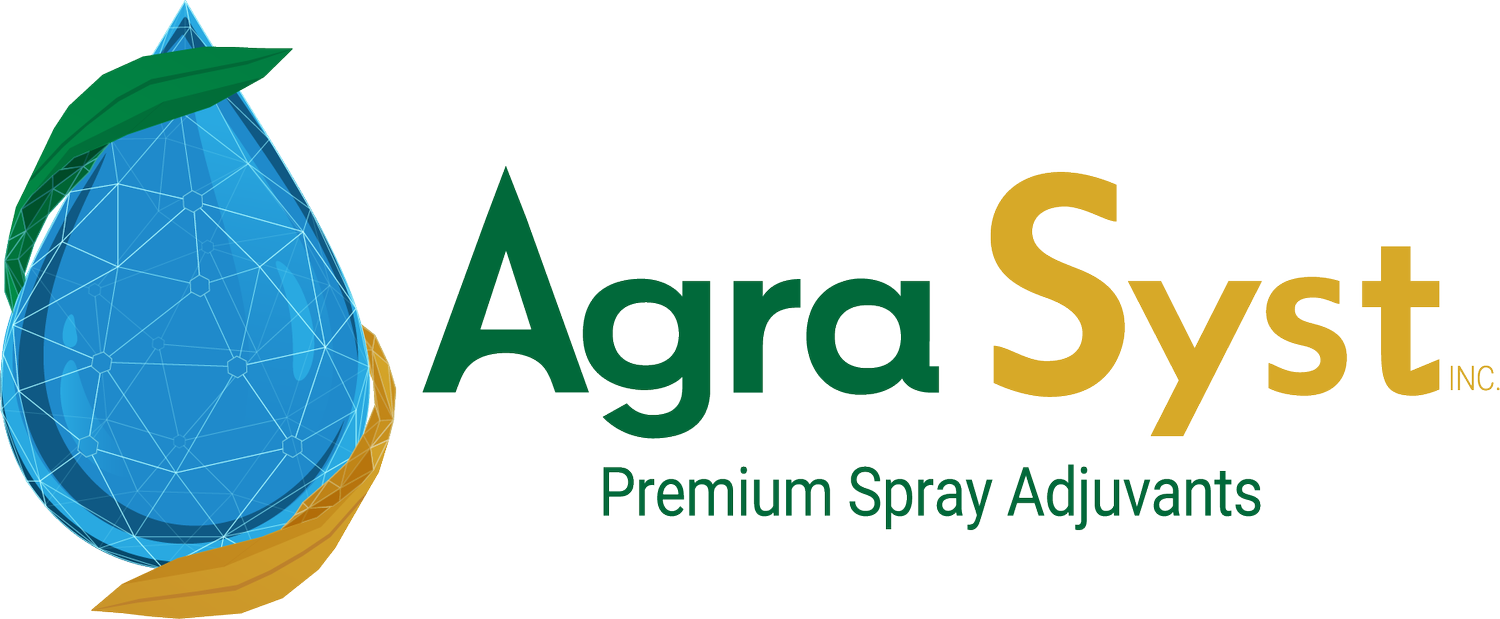Volatility Reduction with Cado MAX
Dicamba herbicide has a long history of off target movement by volatility. One of the tools used to reduce this issue is herbicide formulations. One of the first thing done was to go from the DMA salt of dicamba to the DGA salt of dicamba. Recently BASF has introduced the BAPMA salt of dicamba and Bayer (Monsanto) has introduced a low volatile formulation of the DGA salt of dicamba. AgraSyst went about it from a additive perspectives and has invented and are developing Cado MAX.
Cado MAX works inside the spray solution to create an environment more suitable for the dicamba molecule. Greenhouse box tests were used to monitor the success or failure our research efforts.
Bioassay plants were placed in a box along with tank mix solutions that were being tested. Box were sealed for 48 hours. Plant were removed and allowed to grow. Epinasty rating 0-10 were used as the evaluation method.
Cado MAX is a tremendous product it has a great drift reduction profile and its ability to reduce volatility from dicamba is nothing short of remarkable.
Photos from a greenhouse volatility test. Clarity + AMS show more dicamba vapor injury as compared to Clarity + Cado MAX
Below is a 3 year summary (25 plus tests) of greenhouse volatility tests that show Full Load + Cado MAX averaged a 65% reduction in injury seen with dicamba vapors from the DGA salt formulation of dicamba. Clarity (dicamba DGA) injury was increased with the addition of AMS+NIS. Clarity tank mixed with AMS replacement adjuvants also increased the dicamba vapor damage.
It is always a question as to whether results seen in a greenhouse translates to what is seen in a field outside. Cado MAX results translated very to field conditions.
Cado MAX in a field trial. Soybeans planted next to corn treated with PowerMAX+Clarity.
PowerMAX+Clarity+ Full Load+Cado MAX No Volatility injury 5 feet from application
PowerMAX+Clarity+AMS+NIS
Volatility injury 25 feet from application.
Cado MAX was field tested in a tank mix of WeatherMAX + Clarity + Full Load + Cado MAX and compared to a standard treatment of WeatherMAX + Clarity + AMS + NIS over 6 times from North Dakota to Texas. Cado MAX reduced the severity of epinasty caused by dicamba vapor by 85%. Cado MAX reduced the distance from the original application that the epinasty appeared by 87%.
Cado MAX also reduced the total “off target” movement, drift and volatility. The severity of the epinasty was reduced by 61% the distance that epinasty was seen from the original application was reduced by an average of 59%.
Dicamba vapor injury comparing Clarity, Clarity + Round Up and Clarity+Roundup+Cado MAX.
The field experience with dicamba over the last couple of years for many growers is that dicamba injury looked a lot more like it was the result of dicamba vapors than dicamba drift. This was unexpected as drift was predicted to be more of a problem than drift. This has lead to academics referring to “off target” movement drift and vapor as atmospheric loading. Large clouds of dicamba particles and vapor moving from field to field.
One reason that we might have under-appreciated the volatility aspect of dicamba movement is that interaction between the dicamba molecule and water is not well understood. But, it is know that dicamba not love being in water. the more moisture the more likely we are going to get dicamba volatilization. We tested this concept by spraying glass plates with the same amount of clarity with bigger nozzles making bigger drops and increasing spray volume. The trend was dramatic the bigger the droplet the more the volatility.
This effect was seen multiple times. The more the water the more the volatility of dicamba. Below result from spray solution volume tests.
Result from two water volume tests indicating that the more water the more dicamba will volatilize.
A logical next step would be to investigate what happens with dicamba residues that are on a leaf or on the soil surface with a re-wetting event such as a heavy dew. Dicamba tolerant soybeans were treated with Clarity and Clarity + Cado MAX and then placed a box with non-transformed soybeans. Then removed and misted at 24 and 48 hour and put into a box test. See results below.
Epinasty from dicamba vapors from soybean leafs at time zero, misted at 24 hour and misted at 48 hours.
Cado MAX works with any formulation and with multiple chemistries. See below.
Cado MAX performance with multiple dicamba formulations.
Below is a 3 year summary 30 plus tests of greenhouse volatility tests that show Full Load + Cado MAX averaged a 67% reduction in vapor injury seen with the 2,4-D DMA salt formulation. 2,4-D amine (DMA salt) injury was increased with the addition of AMS+NIS. 2,4-D DMA tank mixed with AMS replacement adjuvant also increased the vapor damage from 2,4-D.
Cado MAX decreases injury seen from volatility of 2,4-D salts. See photos below.
Vapor Injury 2,4-D DMA Salt
Vapor Injury 2,4-D DMA Salt + Cado MAX
Vapor Injury 2,4-D LV6
2.4-D LV6 + Cado MAX
The decrease in volatility injury due to Cado MAX is more dramatic with 2,4-D esters.
Cado MAX seems to work with most chemistries. Although there is a lot of development work that needs to be done to find the best way to use this technology. Below a volatility test using tomato as a bio assay in a greenhouse box test.
Untreated Check
Propanil (Stam) 7.5lbs/A
Propanil (Stam) 7.5lbs/A + Cado MAX 1qt/100 gallons spray solution.





















